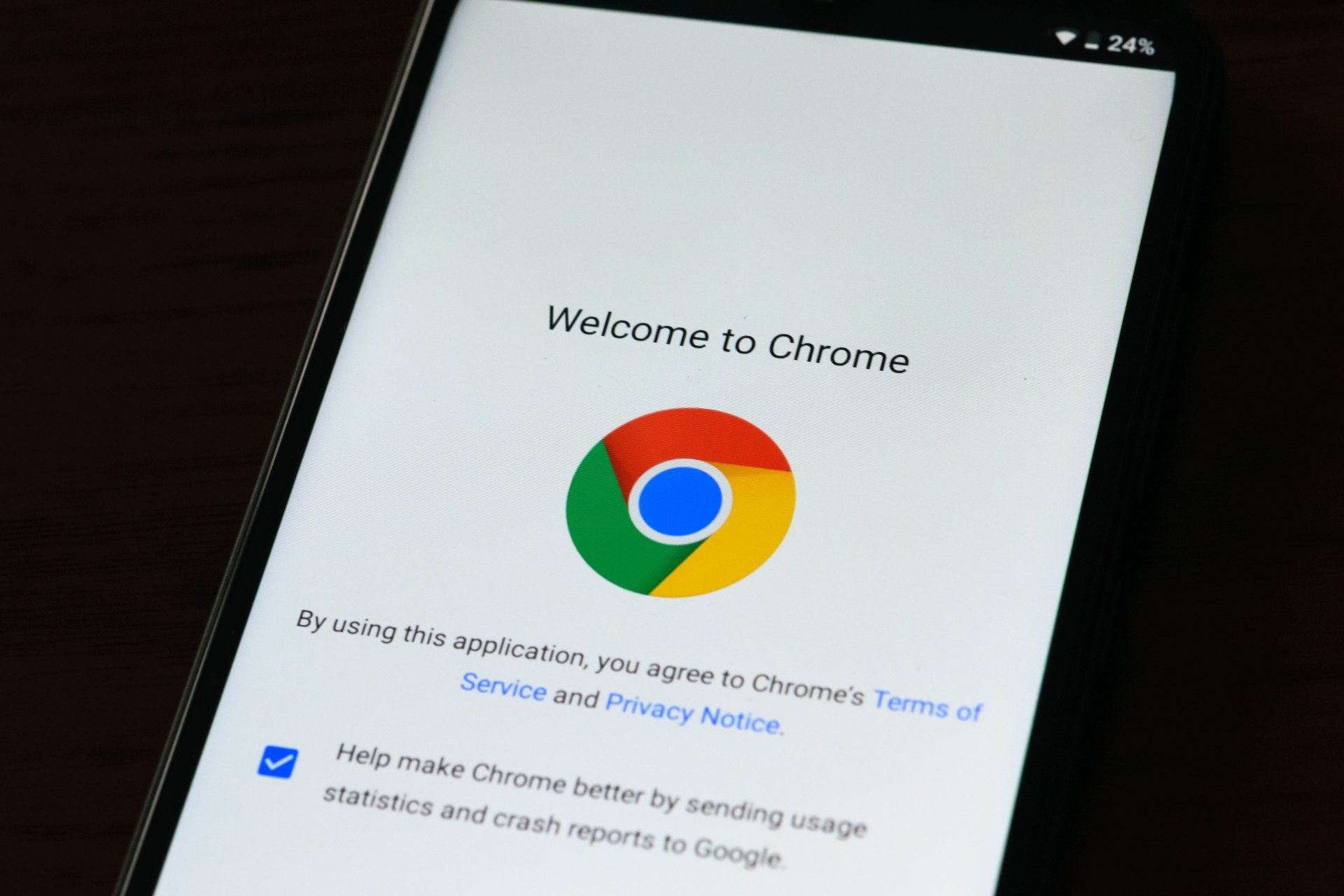Stop Your Email Newsletters Going To Spam
Jenny Marsden --January 28, 2020
how to get your email newsletters to the inbox

Starting your blog is easy. Getting email subscribers - not so much.
Despite all the "get 10,000 subscribers in 30 days"
offers you see on the internet, it isn't that simple. I don't care what anyone says, prospective clients are hard to get and even harder to keep engaged. Keeping them engaged is the key to eventually making them clients and regular newsletters can help you achieve that goal.
Now that you have your email list and are creating regular content for your subscribers, its more essential than ever to ensure your email is actually seen.
10 tips to getting your email newsletter seen (And out of spam!)
Starting from the top following these simple practices can keep your email front and center in your client's inbox. For anyone who has ever spent the time creating regular newsletters, there is a real thrill in seeing how many of your emails were opened and an even greater thrill seeing a good click through rate. Lets start with the subject line...
1. Your Subject LIne
A lot of email spam filters can actually learn. They recognise the actions taken by the user and over time evolve their spam filters accordingly. Apart from these action driven changes, they are by default programmed to direct any emails with spammy or click bait style subject lines straight to the spam folder.
If you email contains any of the words or phrases that are considered to be regularly used by spam email you have a high risk of your email not even going into your clients inbox.
Things to avoid:
- Don't use all capitals
- Avoid one-word subject lines
- Don't use RE: in your subject lines if it's not a reply
- Try not to make spelling mistakes
- Avoid the use of exclamation points in your subject line
Words and phrases NOT to use.
Think about the spam you have received and the words and phrases in those email subject lines. Avoid using anything that is or has been used in those emails.
For example:
Act Now / Cash / Investment (that's a big one) / Order Now / Quote (so many spam emails come in now with a quote as an attachment trying to get you to reply) / Purchase / Offer / Risk Free
- you get the idea.
I know some of those can be hard to avoid especially if you are trying to promote a sale or product offer, however it is possible.
A Helpful Tip!
If you do use images in your newsletters, make sure to use ALT tags like you would on your website or blog post images. Read about how to use ALT tags
in this post.
3. Use a reliable and reputable email program
With the introduction of the GDRP a few years ago, you should all now be using an Email Newsletter provider for your email marketing.
It is essential to have unsubscribe options and to keep your clients email information private, which it won't be if you aren't using a dedicated email marketing platform.
As well as adhering to legal email considerations a good email and/or promotional platform also has a large team working on overcoming any new delivery challenges that may arise. The won't have much of a business if all of a sudden their clients emails aren't being delivered into their clients inboxes or worse at all. Find one you like, that is easy to use and trust them. This is what they do - let them do it for you.
While it has a huge market share I personally I find Mail Chimp very hard to use. I know and people do laugh at me for this but I just don't understand their terms and I find everything is a challenge for me to actually do.
I use GetResponse
which I love. They aren't just email marketing, they have auto responders, landing pages, exit popups and more depending on the plan you use. Starting at $15 USD per month I also find them very affordable for the products you get in their plans.
A Helpful Tip!
Never ever EVER
use your own email application to send out mass emails. Most email platforms have hourly send limitations and apart from that, they simply aren't equipped to manage that level of emails. They also don't meet the legal and privacy levels you need to have and is the very best way to go straight to spam. Don't be tempted. It's not worth it.
4. Never use a free email address to send your newsletters
It is never a good idea to send email newsletters from a free email address. Some email marketing providers won't even let you do this. Always create a dedicated email address from your domain and use that consistently.
Mailchimp for example sends non domain emails as from: myemail@hotmail.com via mailchimpapp.net. That "via" is most likely going to send your email straight to spam.
Any decent spam filter is going to consider newsletters from free email addresses that end in gmail.com or outlook.com or hotmail.com to be spam. Spend the money and get a dedicated domain email for your email marketing.
Any decent spam filter is going to consider newsletters from free email addresses that end in gmail.com or outlook.com or hotmail.com to be spam. Spend the money and get a dedicated domain email for your email marketing.
GSuite offers domain email hosting for around $8.50 per month AUD which is a small price to pay to avoid the spam folder.
A Helpful Tip!
Domain based email addresses also tell your clients that you are a reputable business operating at a professional level. Apart from that, every single chance you get to show someone your website domain should be used. If your newsletters come from news@yourdomain.com once again you are enforcing your website address to your client.
5. Check the email's deliverability with a Spam Tester
Once you have your email ready to go I would recommend sending it to a spam email tester and checking the results.
You have a few options here, however I always use 2. Mail-Tester
and Is Not Spam
mainly because they both have little features that the other doesn't.
For Example: Mail-Tester
can tell you if you have missed using ALT text on your images which is awesome! Is Not Spam
will tell you things like "0.0 HTML_FONT_SIZE_HUGE BODY: HTML font size is huge". That is something I want to know to avoid going into the spam bucket so I tend to use both of these websites to check every email I send through GetResponse.
The Is Not Spam report is a little more technical and you do have to scan through it so beware of that.
Make sure that you make the adjustments these tools recommend or you have just wasted your time. Some things like setting up SPF Records and DKIM records will be a one off thing. Once you ahve done that you won't need to do it again.
tip - create an email list withjust the spam testers
A Helpful Tip!
Create an email list in your email providers account with JUST these two email addresses in it. Then you can send a test email to both and get the reports easily. I would open the browser window of both websites first, then log in and send your test email. Once you have done that, wait a few minutes and click the "View Your Report" button.
6. Include an actual address for your business
Some countries spam act requires that you give your subscribers an actual physical address in your email. The USA for example requires an address to comply with their CAN-SPAM act and even though you might be operating outside of the US, if you are delivering emails to US citizens, you still must comply.
Usually when you set up your email marketing account you will be asked for your address which typically will go into the footer of your email template.
A Helpful Tip!
If you work from home like I do and are not comfortable sending our your home address, there are multiple virtual address providers that can set up an address for you. Once you have done that, any mail sent to that address is forwarded on. Simple and private.
7. Advise your users to add your email to their address book or contacts
Don't forget to ask new subscribers to add your email address to their contacts. If your email is in their contacts the chance of it being delivered to their inbox is greatly improved.
Alternatively ask them to add you to their safe senders list or trusted senders list. Terminology differs from each email provider so do your research and find out who uses what term and add those terms to your request.
A Helpful Tip!
Send your request to be added to their contacts list as an auto responder to their signup. Be friendly and casual thanking them for signing up and ask if they might add you to their trusted contacts to ensure delivery of your emails.
So there you have it. 7 tips to help your email newsletters avoid the spam folder. Let me know your results in the comments below.
Save for later!

2. Avoid the use of too many images
Emails with more photos or images than text are more likely to be directed to the spam folder.
I know its tempting to fill your newsletter with all the pretty pictures, however the cleaner your email is, the more likely that the spam filters are going to consider it a message and delivery it to the inbox.
There are a certain amount of people out there who still receive text based emails (not HTML) so you need to create your newsletter with images as an extra layer of conversions and not send out newletters that depend on the image to convey your message.
A lot of email platforms also don't display images by default, you client has to click on "display images" to see them. You don't want to give them an extra step to do, so try not to include any images until at least a third of the way down the email. That way, they are engaged and are more likely to click that option or are happy to ignore the image because your fabulous text is keeping them busy.
A Helpful Tip!
Check out the subject lines from the email newsletters you receive. I know some you will open because you are familiar with the content and are always keen to read what that supplier is sending you, however look at the emails you have opened because of the subject line. See what makes you click into the email and get ideas from that.











